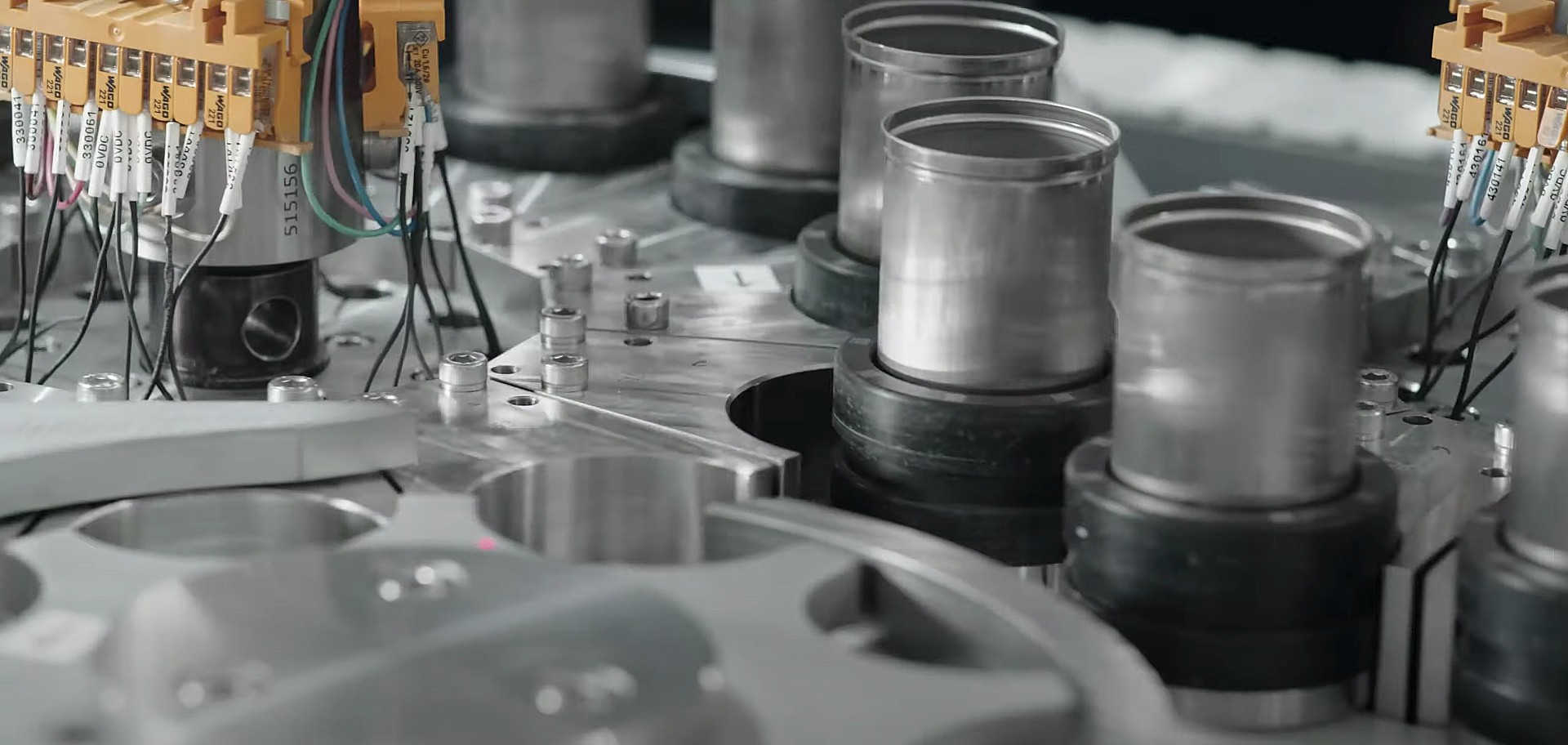
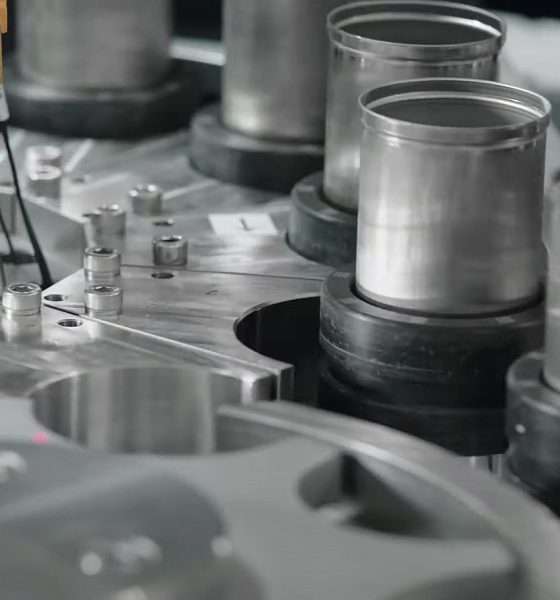
News
Tesla shows battery manufacturing lines inspired by other industries in new video
Tesla has released a new one-minute long video spot on its YouTube channel, showing the company’s battery cell manufacturing lines. Elon Musk stated that some of the best manufacturing technology is present in other industries, inciting some curiosity that Tesla may have drawn inspiration from other sectors for its battery scaling projects.
It is no secret Tesla has put a major focus on manufacturing efforts. Whether involved in the manufacturing of the vehicle itself or the batteries that power it, Tesla has worked to improve production lines for a more efficient build process that will help the company scale quickly to handle demand increases.
The new video shows plenty of similarities between the cell production lines and what may be used at a Coca-Cola factory. Elon Musk acknowledged the strategies when a follower mentioned them to him. Owen Sparks, a Tesla fan and owner, noticed that Tesla’s battery cell production lines appeared to be similar to bottling processes used by large-scale beverage companies. Musk replied to the Tweet, acknowledging the similarities and commending high-volume industries for inspiring the Tesla battery lines.
“The best manufacturing technology is in high volume industries, like food & beverage, some medical (eg syringes) & toys,” Musk replied.
The best manufacturing technology is in ultra high volume industries, like food & beverage, some medical (eg syringes) & toys
— Elon Musk (@elonmusk) January 18, 2021
Battery cells are in high demand by many companies aiming to produce electric cars, but Tesla is going a step further. Even though the company sources its cells from Panasonic, LG Chem, and CATL, it aims to build its own batteries at the Kato Road facility near the Fremont factory. Musk detailed Tesla’s battery production efforts at its Battery Day event in September. Even though Tesla is sourcing from third-party suppliers currently, the company may eventually plan to phase it out to control pricing, create better margins through vertical integration, and control supply through demand expectations.
Tesla has gone as far as sourcing its own battery materials, and Musk even hinted that large Nickel mining companies should contact the automaker. The CEO offered a “giant contract” that would last for several years if a sustainable nickel miner came forward. Right now, Tesla’s suppliers are focusing on high-nickel batteries, attempting to relieve the dependency on cobalt.
The most expensive part of an electric vehicle is the battery pack, and longevity depends on battery quality. Tesla has attained a sizeable lead in the sector due to better battery quality and advanced EV tech, but there is always room for improvement. Moving forward, the company would like to mass-produce batteries to get to price parity with gas-powered vehicles. Tesla has laid out a plan with explicit details and claims it will release a $25,000 vehicle within a few years. This ultimately comes down to controlling battery costs, and if Tesla can figure out in-house cell scaling, it will be well on its way to cutting the price of its EVs by a significant margin.
Tesla’s “Making Batteries” video is available below.

News
Tesla gets a win in Sweden as union withdraws potentially “illegal” blockade
As per recent reports, the Vision union’s planned anti-Tesla action might have been illegal.
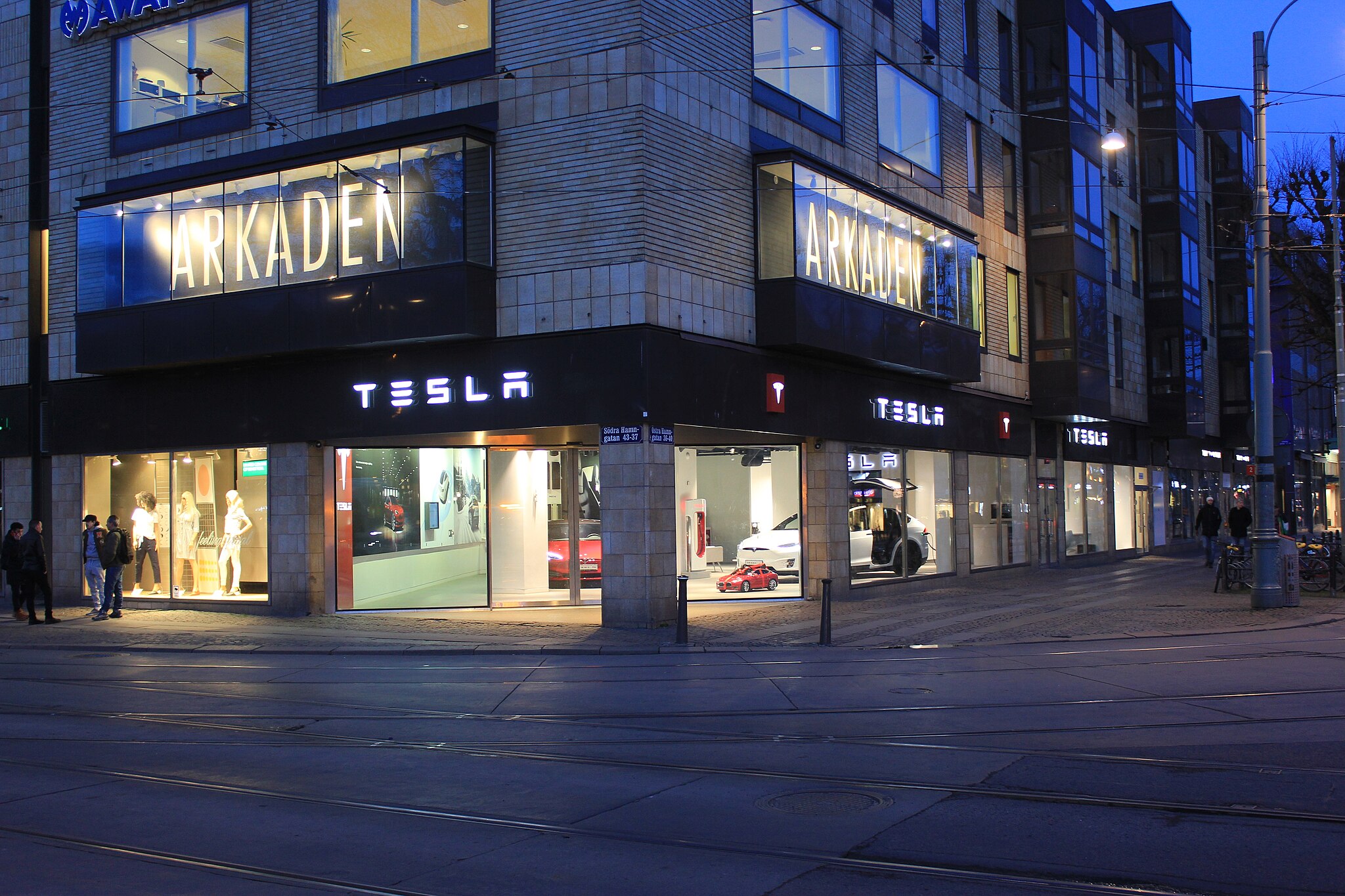
Swedish union Vision has withdrawn its sympathy blockade against Tesla’s planned service center and showroom in Kalmar. As per recent reports, the Vision union’s planned anti-Tesla action might have been illegal.
Vision’s decision to pull the blockade
Vision announced the blockade in early December, stating that it was targeting the administrative handling of Tesla’s facility permits in Kalmar municipality. The sympathy measure was expected to start Monday, but was formally withdrawn via documents sent to the Mediation Institute and Kalmar Municipality last week.
As noted in a Daggers Arbete report, plans for the strike were ultimately pulled after employer group SKR highlighted potential illegality under the Public Employment Act. Vision stressed its continued backing for the Swedish labor model, though Deputy negotiation manager Oskar Pettersson explained that the Vision union and IF Metall made the decision to cancel the planned strike together.
“We will not continue to challenge the regulations,” Petterson said. “The objection was of a technical nature. We made the assessment together with IF Metall that we were not in a position to challenge the legal assessment of whether we could take this particular action against Tesla. Therefore, we chose to revoke the notice itself.”
The SKR’s warning
Petterson also stated that SKR’s technical objection to the Vision union’s planned anti-Tesla strike framed the protest as an unauthorized act. “It was a legal assessment of the situation. Both for us and for IF Metall, it is important to be clear that we stand for the Swedish model. But we should not continue to challenge the regulations and risk getting judgments that lead nowhere in the application of the regulations,” he said.
Vision ultimately canceled its planned blockade against Tesla on December 9. With Vision’s withdrawal, few obstacles remain for Tesla’s long-planned Kalmar site. A foreign electrical firm completed work this fall, and Tesla’s Careers page currently lists a full-time service manager position based there, signaling an imminent opening.
News
Tesla Semi program Director teases major improvements
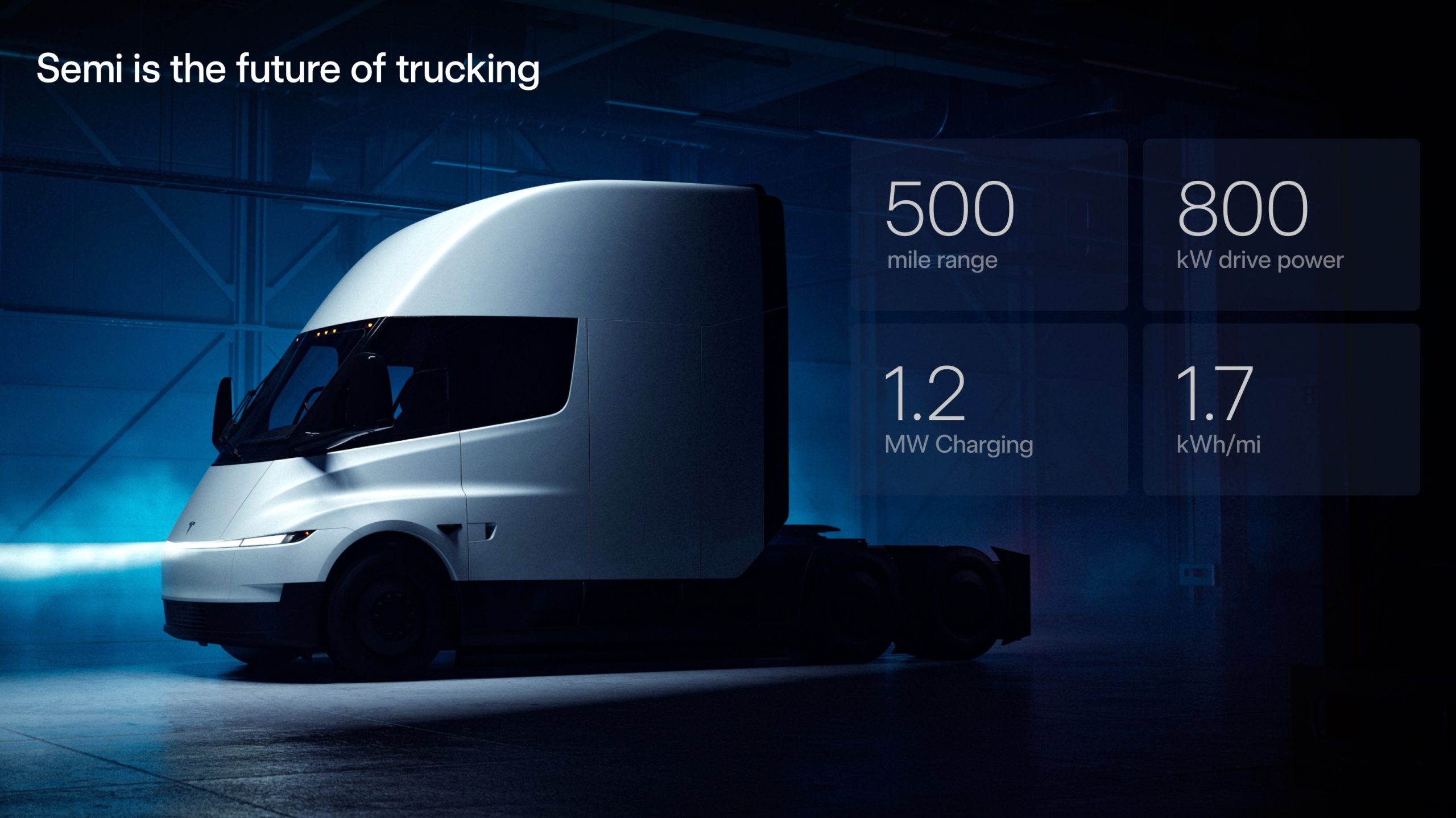
Tesla Semi Program Director Dan Priestly teased the major improvements to the all-electric Class 8 truck on Thursday night, following the company’s decision to overhaul the design earlier this year.
Priestley said he drove the Semi on Thursday, and the improvements appear to be welcomed by one of the minds behind the project. “Our customers are going to love it,” he concluded.
Just drove the redesigned Semi. Our customers are going to love it. https://t.co/KZ88sf1CDL
— Dan Priestley (@danWpriestley) December 19, 2025
The small detail does not seem like much, but it is coming from someone who has been involved in the development of the truck from A to Z. Priestley has been involved in the Semi program since November 2015 and has slowly worked his way through the ranks, and currently stands as the Director of the program.
Tesla Semi undergoes major redesign as dedicated factory preps for deliveries
Tesla made some major changes to the Semi design as it announced at the 2025 Annual Shareholder Meeting that it changed the look and design to welcome improvements in efficiency.
Initially, Tesla adopted the blade-like light bar for the Semi, similar to the one that is present on the Model Y Premium and the Cybertruck.
Additionally, there are some slight aesthetic changes to help with efficiency, including a redesigned bumper with improved aero channels, a smaller wraparound windshield, and a smoother roofline for better aero performance.
All of these changes came as the company’s Semi Factory, which is located on Gigafactory Nevada’s property, was finishing up construction in preparation for initial production phases, as Tesla is planning to ramp up manufacturing next year. CEO Elon Musk has said the Semi has attracted “ridiculous demand.”
The Semi has already gathered many large companies that have signed up to buy units, including Frito-Lay and PepsiCo., which have been helping Tesla test the vehicle in a pilot program to test range, efficiency, and other important metrics that will be a major selling point.
Tesla will be the Semi’s first user, though, and the truck will help solve some of the company’s logistics needs in the coming years.
News
Tesla dominates in the UK with Model Y and Model 3 leading the way
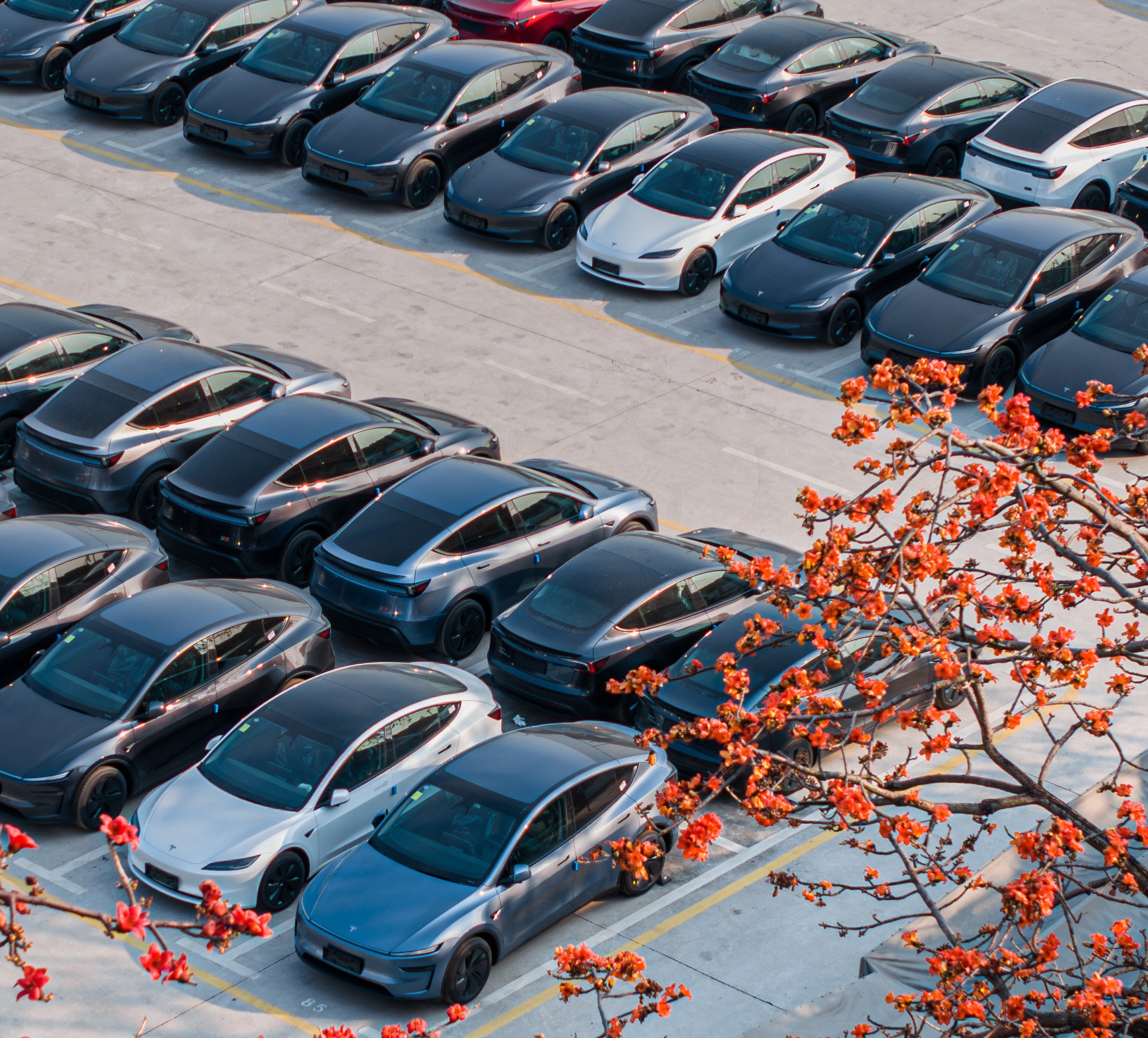
Tesla is dominating in the United Kingdom so far through 2025, and with about two weeks left in the year, the Model Y and Model 3 are leading the way.
The Model Y and Model 3 are the two best-selling electric vehicles in the United Kingdom, which is comprised of England, Scotland, Wales, and Northern Ireland, and it’s not particularly close.
According to data gathered by EU-EVs, the Model Y is sitting at 18,890 units for the year, while the Model 3 is slightly behind with 16,361 sales for the year so far.
The next best-selling EV is the Audi Q4 e-tron at 10,287 units, lagging significantly behind but ahead of other models like the BMW i4 and the Audi Q6 e-tron.
GOOD NEWS 🇬🇧 Tesla is absolutely crushing the UK electric vehicle market in 2025 💥
The numbers are in, and the dominance is clear. With an impressive amount of 42,270 vehicles delivered year-to-date, the brand now commands a solid 9.6% market share of the total auto market 🆒… pic.twitter.com/dkiGX9kzd0
— Ming (@tslaming) December 18, 2025
The Model Y has tasted significant success in the global market, but it has dominated in large markets like Europe and the United States.
For years, it’s been a car that has fit the bill of exactly what consumers need: a perfect combination of luxury, space, and sustainability.
Both vehicles are going to see decreases in sales compared to 2024; the Model Y was the best-selling car last year, but it sold 32,610 units in the UK. Meanwhile, the Model 3 had reached 17,272 units, which will keep it right on par with last year.
Tesla sold 50,090 units in the market last year, and it’s about 8,000 units shy of last year’s pace. It also had a stronger market share last year with 13.2 percent of the sales in the market. With two weeks left in 2025, Tesla has a 9.6 percent market share, leading Volkswagen with 8 percent.
The company likely felt some impact from CEO Elon Musk’s involvement with the Trump administration and, more specifically, his role with DOGE. However, it is worth mentioning that some months saw stronger consumer demand than others. For example, sales were up over 20 percent in February. A 14 percent increase followed this in June.








